Description
Lucozol-T Cream
Luliconazole 1% + Terbinafine 1%
Luliconazole and Terbinafine are both antifungal medications used in topical creams to treat fungal skin infections, but they differ in terms of chemical structure, spectrum of activity, and some clinical applications.
Here’s a brief comparison:
1. Luliconazole
Class: Imidazole antifungal
Mechanism: Inhibits ergosterol synthesis (essential for fungal cell membranes)
Uses:
Tinea pedis (athlete’s foot)
Tinea cruris (jock itch)
Tinea corporis (ringworm)
Strength: Usually 1% cream
Application: Typically once daily
Duration: Shorter course (1–2 weeks for tinea corporis/cruris)
2. Terbinafine
Class: Allylamine antifungal
Mechanism: Inhibits squalene epoxidase (another step in ergosterol synthesis)
Uses:
Tinea infections (corporis, cruris, pedis)
Effective against dermatophytes
Strength: Usually 1% cream
Application: Once or twice daily
Duration: Typically 1–4 weeks, depending on the condition
Key Differences
Feature Luliconazole Terbinafine
Class Imidazole Allylamine
Spectrum Broad (dermatophytes + yeasts) Mostly dermatophytes
Dosing Frequency Once daily Once/twice daily
Duration Shorter (1 week for some) Usually longer
Availability Prescription only (most regions) Often OTC
Which One Is Better?
For dermatophyte infections, both are effective.
Luliconazole may offer faster relief and a shorter course.
Terbinafine is widely used and often more affordable, especially in over-the-counter forms.
Clinical Tip:
Always apply antifungal creams to clean, dry skin, and continue for several days after symptoms resolve to prevent recurrence.
Would you like help choosing between them for a specific condition or patient case?


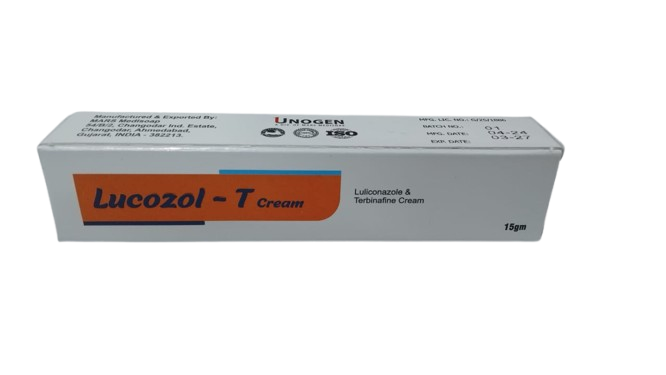
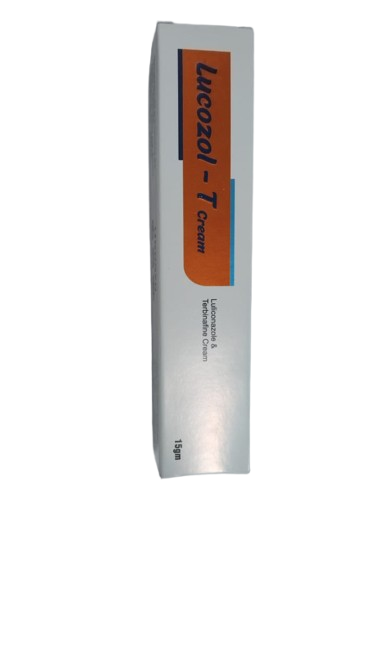

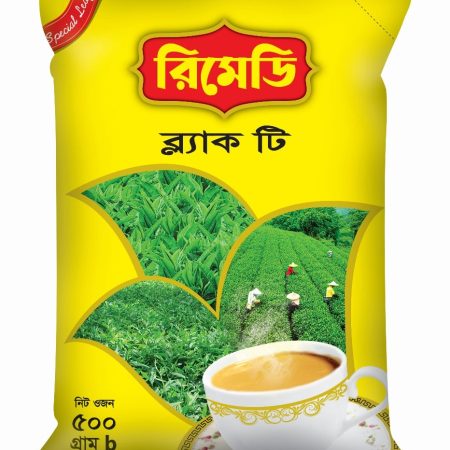
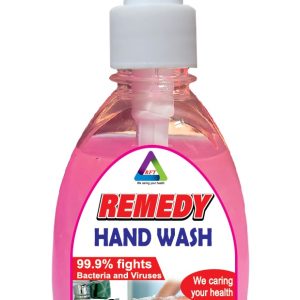
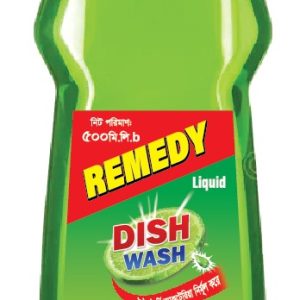
Reviews
There are no reviews yet.